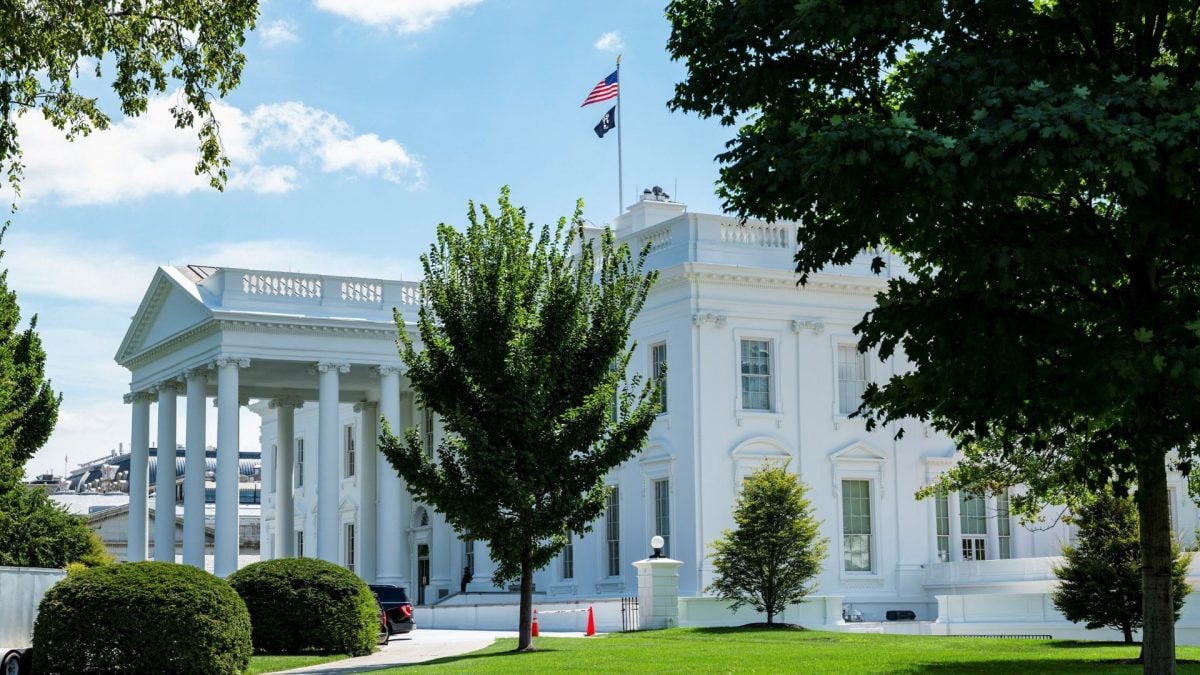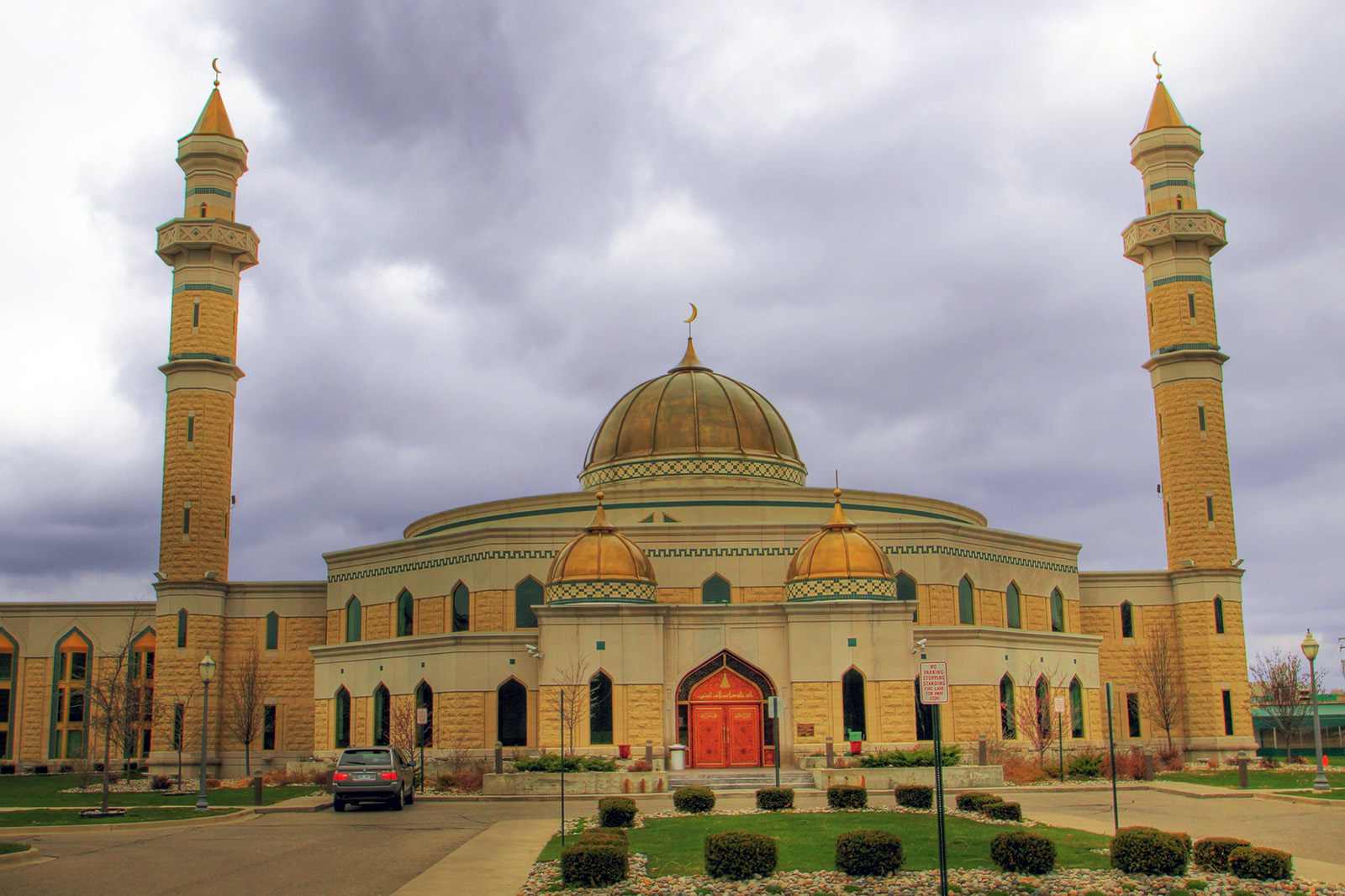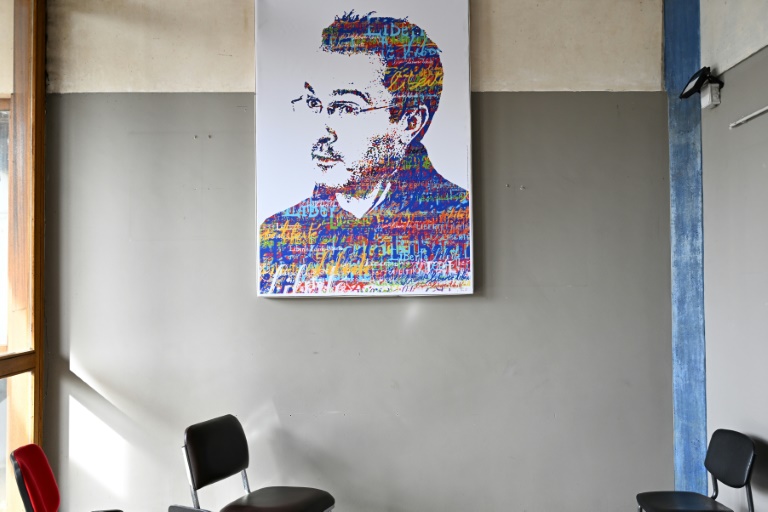FLORENCE, Italy — They were made in Syria six centuries ago, and stand elegantly in a row of vitrines at the Uffizi Gallery here: five ceramic jars that once contained treatments, ointments and scents from the faraway Orient. These “Albarelli” jars are decorated with an interlacing pattern of flower stems and foliage. And at the center of each one is a lily — the historical emblem of Florence.
The jars tell the story, in a nutshell, of “Islamic Art and Florence from the Medici to the 20th Century,” an exhibition running through Sept. 23 that maps the long-lasting and reciprocal exchanges between the city and the Islamic world. Held at the Uffizi and at the nearby Bargello Museum, it brings together some 250 objects — ceramics, carpets, silks, manuscripts, metalwork and glassware that were given to, commissioned or acquired by people in the city over a 500-year period.
While Florence’s interaction with the Muslim world originated in the Middle Ages, it escalated under the Medici family, who controlled the city between the 15th and the early 18th centuries. Florence prospered, thanks to the export of textiles (chiefly silk and velvet) to the Muslim world. In turn, it imported carpets, spices and raw silk as well as acquiring the finest examples of glassware, ceramics and metalwork. The cultural ties lasted through the 19th and early 20th centuries.














